The characteristics of a good backpack
ssential tool for all schoolchildren, the backpack, if it is poorly adapted or misused, can become a source of pain and discomfort.
In Quebec, 35% of 9 year olds complain of back pain and 50% of 13 to 16 year olds report having back pain at least once a month. But, 50% of young people wear a backpack too heavy (more than 20% of their weight being 9 kilos on average)!
A good backpack should therefore have the following characteristics:
- Should not exceed 10% of the child’s weight, which requires to select the essential objects it must contain and avoid what is unnecessary
- Have a padded back, the width of the child’s back
- Have padded shoulder straps, wide on the top and narrower under the arms
- Possess several pockets to distribute the weight of the objects
- Ideally be equipped with waist, chest and side straps to stabilize objects and distribute weight
The backpack must be used according to the principles described below:
- Heavy objects should be placed close to the body in the center of the bag; sharp objects outward to avoid pressure points
- Straps must be adjusted on both shoulders
- The bag should never be worn on one shoulder
- We must not tilt the bag abruptly towards the back
- Straps must be attached
- The bag should be adjusted at the shoulder’s level
- The bottom of the bag should not go down on the buttocks, but be between 5 and 10 cm below the waist
- The bag most not bounce downwards, but rather be well supported along the back.
A well-adjusted and properly worn backpack will prevent the spine from reacting by leaning forwards, backwards or sideways and will avoid the tiring of the back, neck and shoulders muscles.
If back pain persists despite the application of these tips, a consultation with a doctor or a physiotherapy professional may be necessary.
Information taken from the flyer « Bon sac à dos… bon dos! » produce by l’Ordre professionnel de la physiothérapie du Québec and by l’Institut de réadaptation en déficience physique de Québec.



